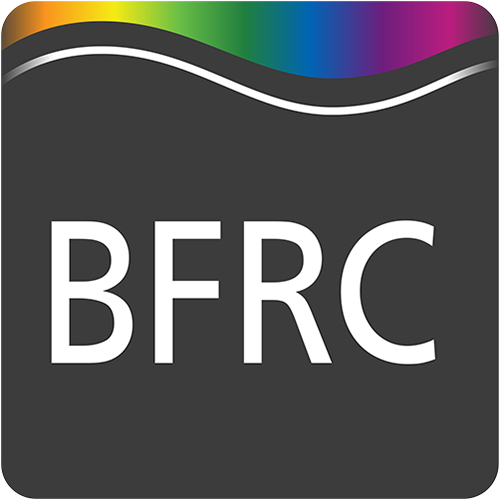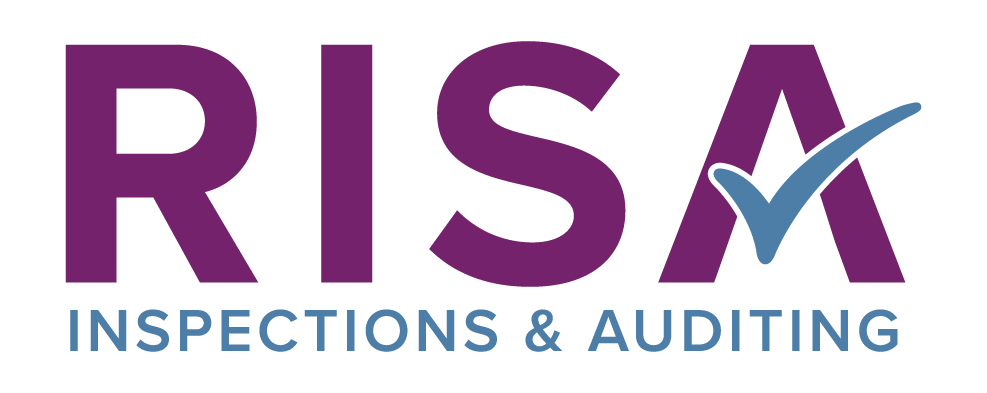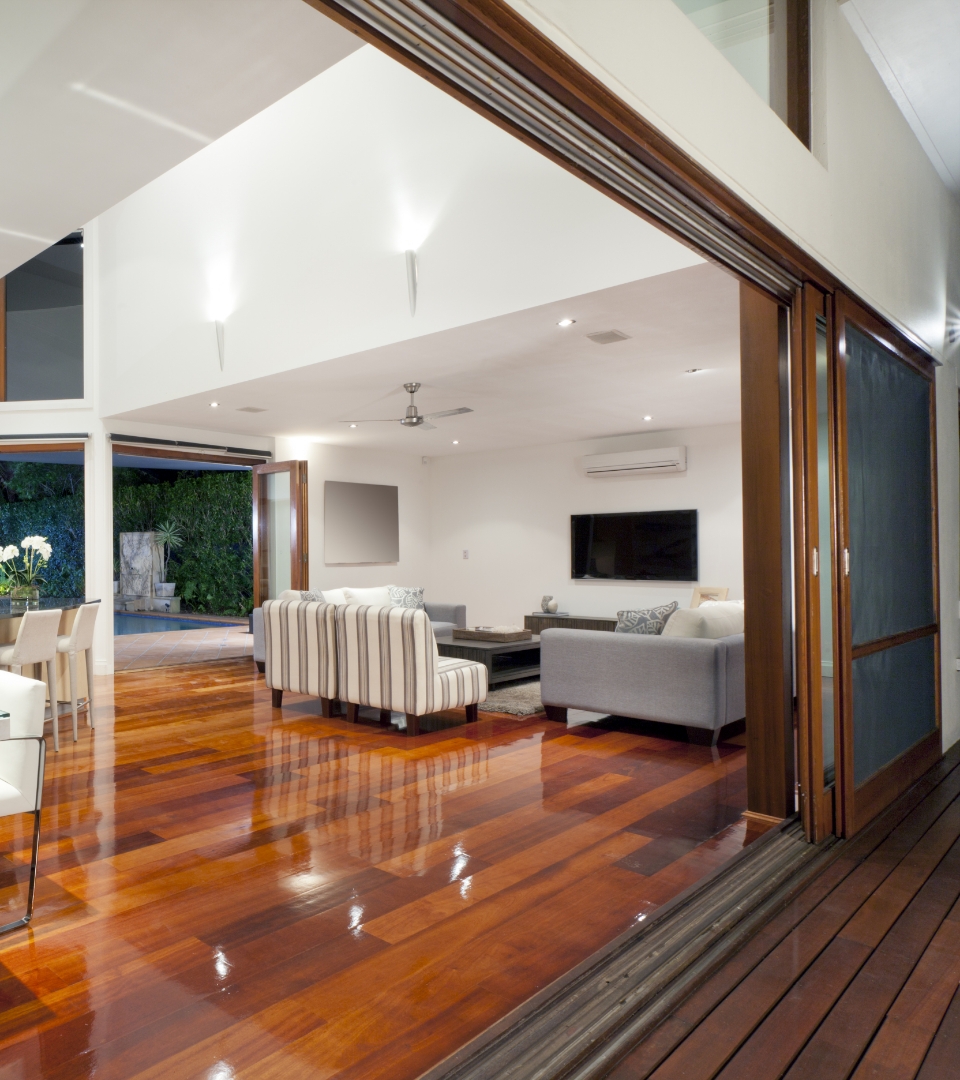We are a newly formed company owned by Seaglaze which has been set up in order to help Seaglaze Marine Windows provide the marine industry with high quality, very short lead time, bespoke marine windows.
Specialist Toughened Glass is able to provide a wide range of services for commercial and marine glass purposes.
These services can be used in conjunction with each other to produce unique, strong and secure glazing thanks to our capability to toughen, laminate and print customer requested images on to glass using a state of the art digital printer that uses inorganic ceramic inks.
By combining 50 years of experience in the marine glass industry with innovative new advancements in technology available to use in house, we are able to take on any order with confidence, be it a small one off request or a high production batch order

 Emergency Glaziers
Emergency Glaziers GGF Shop
GGF Shop MyGlazing.com
MyGlazing.com Find a GGF Member
Find a GGF Member




